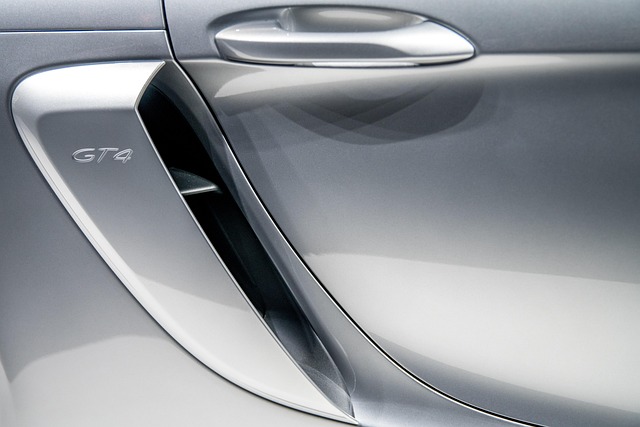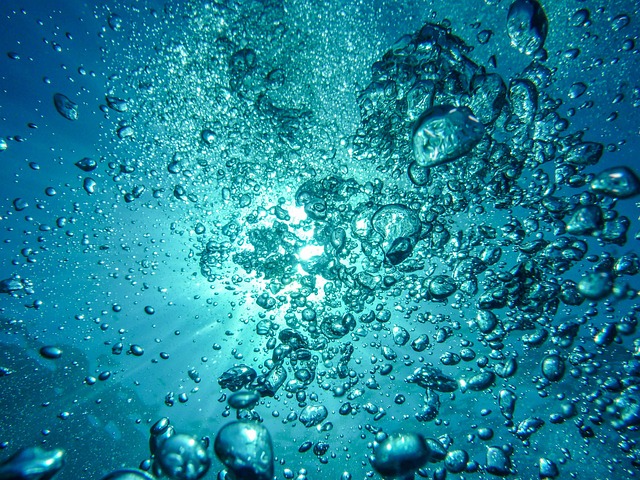Select Cold Air Intakes (CAIs) enhance engine performance by drawing in cold, clean air from outside vehicles, improving efficiency and fuel economy. Regular maintenance, including filter cleaning and replacement, is vital for optimal mileage and robust engine operation. Correctly sized high-flow filters ensure ample airflow while capturing fine particles, crucial for clean power generation and environmental compliance in both street legal and off-road applications.
In the pursuit of clean and efficient power, optimal air filtration is paramount. This article guides you through essential components and strategies for maximizing airflow in engines. We delve into the fundamentals of air filtration, explore the advantages of selecting cold air intake systems, and provide practical tips on choosing the right filter sizes. By understanding these key aspects, you’ll be equipped to make informed decisions, ensuring your power sources operate at peak performance. So, let’s dive into the world of efficient air filtration and consider the benefits of incorporating cold air intakes.
- Understanding Air Filtration Basics for Engines
- Benefits of Cold Air Intake Systems
- Strategies for Choosing Optimal Filter Sizes
Understanding Air Filtration Basics for Engines

Air filtration is a fundamental aspect of maintaining optimal engine performance and ensuring clean power generation. When it comes to engines, understanding the basics of air intake and filtration is crucial for maximizing efficiency. The primary goal of an air filter is to prevent contaminants such as dust, dirt, pollen, and other debris from entering the engine, where they can cause significant wear and tear.
Select Cold Air Intakes (CAIs) play a vital role in this process. By drawing in cold, clean air from outside the vehicle, CAIs enhance engine performance compared to stock air intakes. High-flow air filters, often integrated into these systems, ensure that a sufficient volume of air reaches the engine. Proper CAI maintenance, including regular cleaning and replacement of air filters, is essential to maintain optimal mileage and overall car intake efficiency. This simple yet effective strategy can lead to improved fuel economy and more robust engine operation.
Benefits of Cold Air Intake Systems

Cold Air Intake Systems offer a plethora of benefits for clean power enthusiasts, enabling them to achieve optimal air filtration and enhance overall engine performance. By selecting cold air intakes designed specifically for their needs, users can enjoy improved fuel efficiency and powerful outputs. These systems draw in cooler, denser air from outside the vehicle, providing a rich supply of oxygen that supports efficient combustion. This is particularly beneficial for high-performance exhaust and intake setups, as it maximizes the engine’s ability to burn fuel effectively.
For both street legal cold air intakes and off-road applications, these systems prove invaluable. They not only enhance performance but also contribute to a cleaner environment by ensuring that harmful pollutants are filtered out before entering the engine. This makes them an essential upgrade for those seeking to optimize their vehicle’s capabilities while adhering to environmental regulations.
Strategies for Choosing Optimal Filter Sizes

When optimizing air filtration for clean power, especially in high-performance vehicles like turbocharged cars with modified intakes or cold air boxes, selecting the right filter size is paramount. The primary consideration should be the engine’s airflow requirements. High-performance intakes and cold air boxes significantly enhance airflow, demanding larger, more efficient filters to match. These advanced systems draw in colder, denser air, which can increase compression ratios, boosting power output.
To ensure optimal performance, choose filters with a suitable flow capacity for your modified intake system. While higher flow rates are beneficial, they must be backed by a robust filter media capable of capturing fine particles without restriction. Balancing airflow and filtration is crucial; a filter that’s too small may restrict airflow, while one that’s too large could allow unwanted contaminants to enter the engine. Thus, selecting a cold air intake (CAI) or considering high-performance intakes should be accompanied by an equally strategic choice in filter size.
By understanding air filtration fundamentals and implementing strategies like selecting cold air intakes, you can achieve optimal air filtration for clean power. These practices ensure your engine receives pure, dense air, enhancing performance while reducing wear and tear. When choosing filter sizes, consider your specific needs and environmental conditions to maintain a balanced airflow. Remember, a well-filtered intake system is key to unlocking an engine’s full potential, making it a crucial upgrade for any power-conscious individual. Opting for cold air intakes can be a game-changer in achieving efficient and reliable performance.



